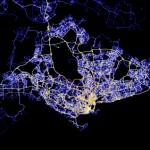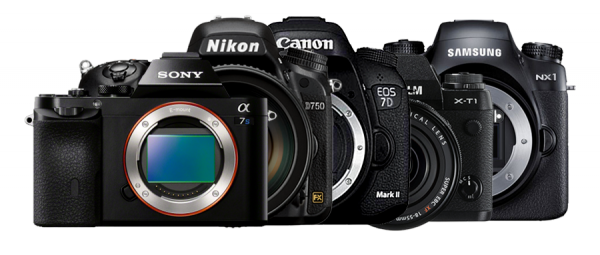
It is that time of the year again to fill up the stockings on the Christmas tree. With a plethora of cameras launched in the past few months, it will be tough to choose the perfect camera for your loved ones. Here are some notable cameras worth snapping up during this holiday season.
Sony a7s Mirrorless
I will start with the Sony A7s, a sub breed of the A7 family that we have recommended as last year’s gift. Sony took what is essentially a runaway success and made it better. In the A7s, the sensor is more sensitive to light and is able to shoot practically in the dark. It is also one of the few cameras that can shoot 4K videos, albeit with an external recorder.
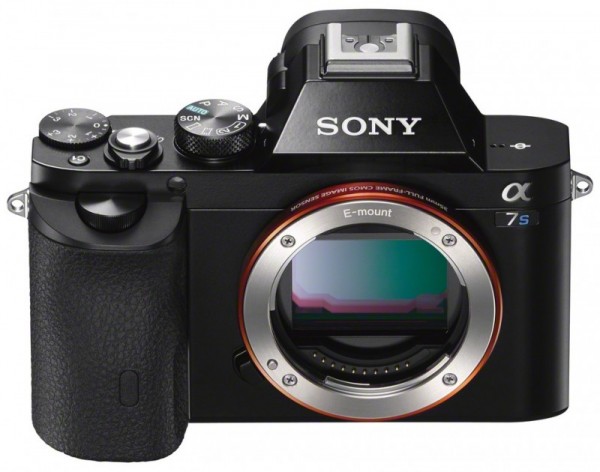
Yes, the Sony a7s only sports a 12.2MP sensor but the images that you’ll get out of the camera, especially those taken at night, are nothing short of breathtaking. With much higher shutter speeds in low-light conditions, the A7s also makes it easier to capture sporting moments. It is now retailing at a pricey S$2,999, but the flexibility it provides may well make it a worthwhile buy.
Meanwhile, Sony has also updated the a7 with the a7ii late last year. It is thicker and has a revamped grip and shutter button placement, so ergonomically speaking, it will be more comfortable to hold as compared to the a7.
The deal clincher would be the five-axis stabiliser in the camera, giving you stabilised images regardless of any lens – including old legacy lenses – you mount. As of now, the a7ii can only be pre-ordered from Japan for 184,560 yen or about S$2,034.
Samsung NX1 Mirrorless
Samsung’s latest pro-level mirrorless camera came out of the woods like a flash of lightning and caught most people by surprise. It has a new 28MP back side illuminated APS-C cropped sensor that absorbs as much light as possible – the highest among mirrorless cameras for now.
It also has a total of 205 phase detection AF points, 209 contrast detection AF points and 153 cross-type AF points, which means it can detect horizontal and vertical light patterns for more accurate focus. This trumps other mirrorless cameras, even existing DSLRs in the market (the Canon 7D mark 2 has 65 points while the Nikon D750 has 15).
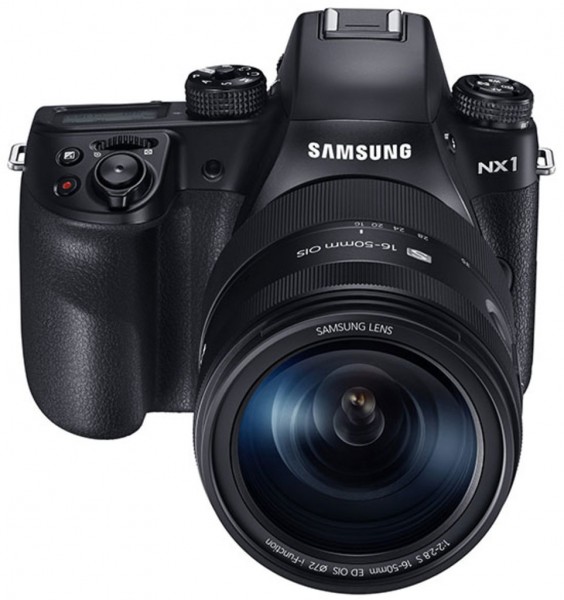
Coupled with an improved AF engine, the Samsung NX1 can track a moving subject more accurately in sports or nature photography, thus overcoming a shortcoming of mirrorless cameras. It could well be the first professional mirrorless camera made for shooting sporting events.
As for videography, the Samsung NX1 is the only camera now that supports the latest 4K video codec, H.265 without using an external recorder, making it the go-to shooter for capturing 4K video footage.
Fujifilm XT1 Mirrorless
The XT1 is the flagship X mount mirrorless camera that’s smaller, and yet delivers mouth-watering images with sharp, life-like colours. What I like about the XT1 is the huge electronic viewfinder that mimics those of full frame DSLR cameras.

The large viewfinder offers a digital representation of a split prism focusing system from a by-gone era. It’s actually more useful than the focus peaking feature first seen in Sony’s NEX mirrorless cameras.
The camera also comes with more dials and buttons. Personally, I don’t appreciate the locks on the dials as they slow down the shooting process, but some folks may welcome such small touches in their cameras. Finally, with the aperture ring on the lens barrel, the XT1 evokes the classic camera feel of yesteryear.
Nikon D750 DSLR
Nikon made a thinner monocoque body for the D750 in response to calls for a smaller and lighter camera. The D750’s weight is now closer to that of the Nikon D7100.
Its optical capabilities are also similar to the Nikon D810’s: 51 AF points, 91,000 pixel RGB metering sensor and higher ISO sensitivity at 12,800 (51,200 expanded). In other words, the D720 is a cheaper version of the D810 but with a different sensor.
In fact, it may well be better than the more expensive D810 with a much higher frame rate at 6.5 fps, as compared to the D810’s 5 fps. Its new EN-EL 15 battery can last 1,230 shots under the CIPA standard. The tilting LCD back panel is a nice touch too.
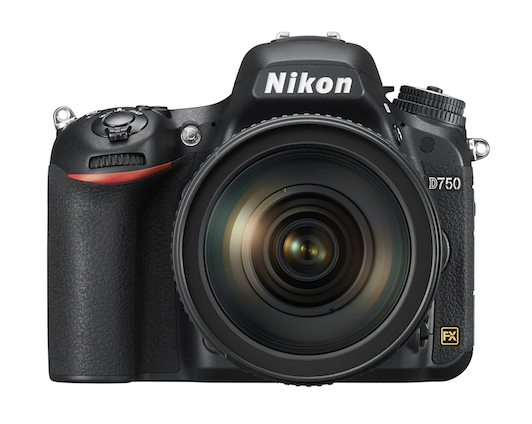
A camera of this calibre would have cost as much as the D810, if it has the same 36MP sensor. However, its 24MP sensor is good enough for most users unless you need the resolution for heavy cropping or printing large posters.
In an effort to make the D750 more consumer friendly, Nikon has opted for the same control mechanism found on the consumer-grade full frame D610 and the DX crop sensor D7100. This may disappoint advanced and professional users in love with the D700’s controls.
Canon 7D Mark 2 DSLR
The 7D Mark 2 fits the bill for shutterbugs who are used to pro-level bodies in the Canon line-up. It has a 20MP crop CMOS sensor with Dual Pixel CMOS sensor-based AF, a 10 fps frame rate that’s perfect for sports/nature photography, the highest ISO rating at 16000 (expandable to 51200), and a magnesium alloy, weather-resistant body.
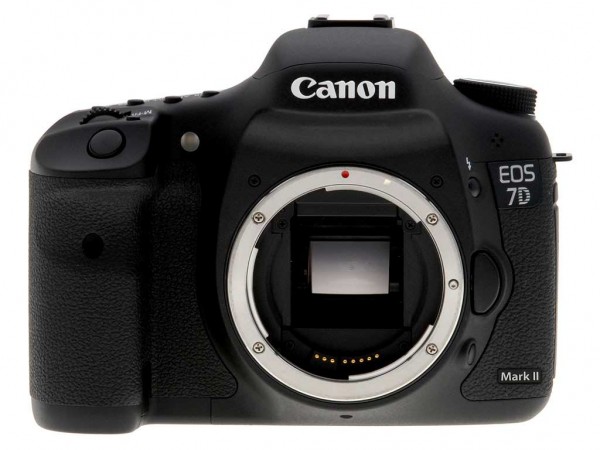
It took five years for Canon to upgrade the 7D. During this period, technology has evolved so the 7D’s full HD video recording capability seems outdated. The perception that only full frame sensors are worthy of professional cameras should change too.
Smaller sensors have performed better in the last few years, with some even matching the performance of full frame shooters. Crop sensor camera bodies also let photographers shoot from a further distance in sports photography. Kudos for Canon for taking care of its crop sensor camera fans.
